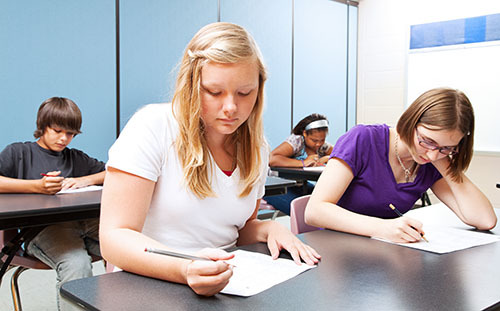
The Programme for International Student Assessment (PISA) is a triennial international survey that evaluates education systems. Once a country is approved for participation by PISA, individual schools are chosen based on stringent criteria to represent all 15 year-olds in that country. In 2015, over half a million 15-year-olds in 72 countries and economies took the two-hour test. Students were assessed in science, mathematics, reading, collaborative problem solving and financial literacy, although the major emphasis of the 2015 test was science literacy. The results were published today.
Some fascinating highlights: Just four provinces in China now provide 13% of the world’s top-performing students; Singapore, Canada, Estonia, Japan and Finland have combined excellence and equity over a number of PISA tests, and interestingly these countries have a steadfast commitment to outstanding teaching and to supporting schools and students that are struggling. While socio-economic status accounts for 13% of the variation in science, maths and reading, the 10% most disadvantaged students in Macao (China) and Vietnam outperformed the 10% most advantaged students in 20 PISA participating countries.
Which countries made progress? Which countries performed poorly? To what extent did this year’s test focus on the application of knowledge versus possession of knowledge, and how relevant is the test to the competencies students must have in a 21st century world? What’s the breaking news for PISA 2018? To tell us everything we need to know about PISA, The Global Search for Education welcomes Andreas Schleicher, OECD Director for Education and Skills, and Special Advisor on Education Policy to the OECD Secretary-General.
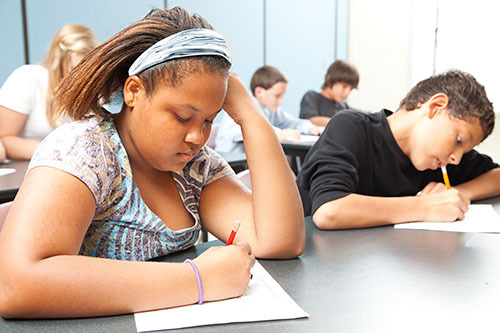
Andreas: What picture do the scores paint for us about what the most effective education systems look like?
If we look at countries like Singapore, Canada, Estonia, Japan and Finland, who have combined excellence and equity over a number of PISA cycles, we can see what they do: they have high and universal expectations for all students, an unwavering focus on outstanding teaching and they target resources on schools and students that are struggling.
Which countries have made the most significant progress since the last PISA test? What changes in their educational practices does this reflect?
Singapore out-performs all other countries and economies in science. The top-performing OECD countries are Japan, Estonia, Finland and Canada. Over the last decade, since PISA last focused on science, Japan and Canada have maintained outstanding levels of performance. A number of countries have improved over that time: Colombia, Israel, Macao (China), Portugal, Qatar and Romania. Just four provinces in China now provide 13% of the world’s top-performing students.
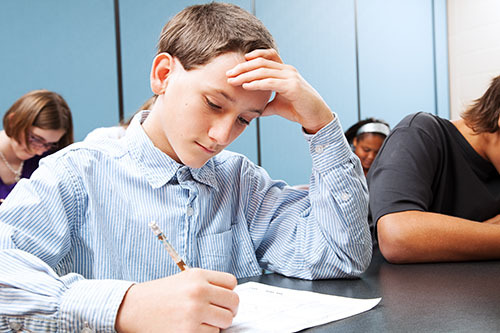
How big a factor is disparity in the prevalence of disadvantaged students in the relative country results? Is there a measure of this in the results? Can the results be normalized for this factor?
Socio-economic status accounts for 13% of the variation in science, maths and reading. On average, the difference between the 25% most advantaged and the 25% least advantaged students within each country is 88 score points, the equivalent of roughly 2 years schooling. On average, disadvantaged students are almost three times as likely as more advantaged students not to attain the baseline level of proficiency in science. In 2015, 29% of disadvantaged students were resilient, in the sense that they performed above expectations, up by 2 percentage points against 2012. It is no longer the case that the world is divided between rich and well-educated nations and poor and badly-educated ones. The 10% most disadvantaged students in Macao (China) and Vietnam outperform the 10% most advantaged students in 20 PISA participating countries.
To what extent did this year’s test focus on the application of knowledge versus possession of knowledge?
PISA has always focused on student skills – what they can do with what they know. In the 2015 cycle we have built on this, asking whether students can think like a scientist, reason like a mathematician and distinguish between good and bad arguments in a written text. The major emphasis this time ’round is on science. We are asking if 15 year olds got better in key science skills: explaining phenomena scientifically, designing scientific enquiry and interpreting data scientifically.
How well does the current test measure the range of competencies needed for success in the 21st century?
We see the foundational domains – maths, science and reading – as equally relevant to the 21st century as the 20th. In 2017, we will be publishing additional 2015 data on collaborative problem solving, which is widely agreed to be a key modern skill. As we look to 2018, we will be testing global competence, which we define in terms of inter-cultural sensitivity. Here, values and attitudes are as important as knowledge and skills.
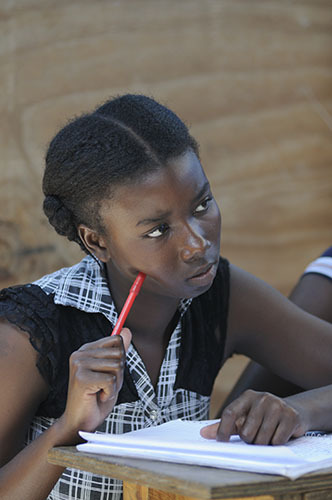
Can you draw conclusions from the data regarding how culture shapes education quality and impacts results?
We certainly see that the most successful countries in PISA, in all parts of the world, bring real rigour to the learning process, deploying both teacher-led instruction and adaptation to the needs of individual classes and students.
How do the scores of disadvantaged students in the leading Asian nations compare to the scores of the non-disadvantaged students in the leading western economies? What does that indicate about the differences in culture, the nature of education, and socio-economic advantage among these countries?
Disadvantage remains a major determinant of performance, right around the world. On average, poorer students are still 3 times more likely to be low performers in science than wealthier students. In Singapore, they are 4 times as likely to be low performers in science. But in Hong Kong, they are only twice as likely and in Macao, only 40% more likely to be low performers. That said, the proportion of disadvantaged students performing above expectations has increased. On average across the OECD, 29% beat the socio-economic odds against them, up by 2 percentage points since 2006. In the United States, there’s been a 12 percentage point increase over the period, in Spain 11. In Viet Nam, the 10% most disadvantaged students compare favourably with the average student in the OECD. So it’s no longer the case that the world is divided between rich and well-educated nations and poor and badly-educated ones.
For More Information on PISA 2015
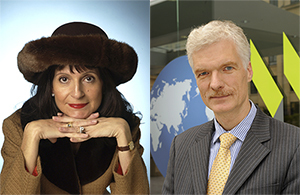

Join me and globally renowned thought leaders including Sir Michael Barber (UK), Dr. Michael Block (U.S.), Dr. Leon Botstein (U.S.), Professor Clay Christensen (U.S.), Dr. Linda Darling-Hammond (U.S.), Dr. MadhavChavan (India), Professor Michael Fullan (Canada), Professor Howard Gardner (U.S.), Professor Andy Hargreaves (U.S.), Professor Yvonne Hellman (The Netherlands), Professor Kristin Helstad (Norway), Jean Hendrickson (U.S.), Professor Rose Hipkins (New Zealand), Professor Cornelia Hoogland (Canada), Honourable Jeff Johnson (Canada), Mme. Chantal Kaufmann (Belgium), Dr. EijaKauppinen (Finland), State Secretary TapioKosunen (Finland), Professor Dominique Lafontaine (Belgium), Professor Hugh Lauder (UK), Lord Ken Macdonald (UK), Professor Geoff Masters (Australia), Professor Barry McGaw (Australia), Shiv Nadar (India), Professor R. Natarajan (India), Dr. Pak Tee Ng (Singapore), Dr. Denise Pope (US), Sridhar Rajagopalan (India), Dr. Diane Ravitch (U.S.), Richard Wilson Riley (U.S.), Sir Ken Robinson (UK), Professor Pasi Sahlberg (Finland), Professor Manabu Sato (Japan), Andreas Schleicher (PISA, OECD), Dr. Anthony Seldon (UK), Dr. David Shaffer (U.S.), Dr. Kirsten Sivesind (Norway), Chancellor Stephen Spahn (U.S.), Yves Theze (LyceeFrancais U.S.), Professor Charles Ungerleider (Canada), Professor Tony Wagner (U.S.), Sir David Watson (UK), Professor Dylan Wiliam (UK), Dr. Mark Wormald (UK), Professor Theo Wubbels (The Netherlands), Professor Michael Young (UK), and Professor Minxuan Zhang (China) as they explore the big picture education questions that all nations face today.
The Global Search for Education Community Page
C. M. Rubin is the author of two widely read online series for which she received a 2011 Upton Sinclair award, “The Global Search for Education” and “How Will We Read?” She is also the author of three bestselling books, including The Real Alice in Wonderland, is the publisher of CMRubinWorld, and is a Disruptor Foundation Fellow.
Follow C. M. Rubin on Twitter: www.twitter.com/@cmrubinworld

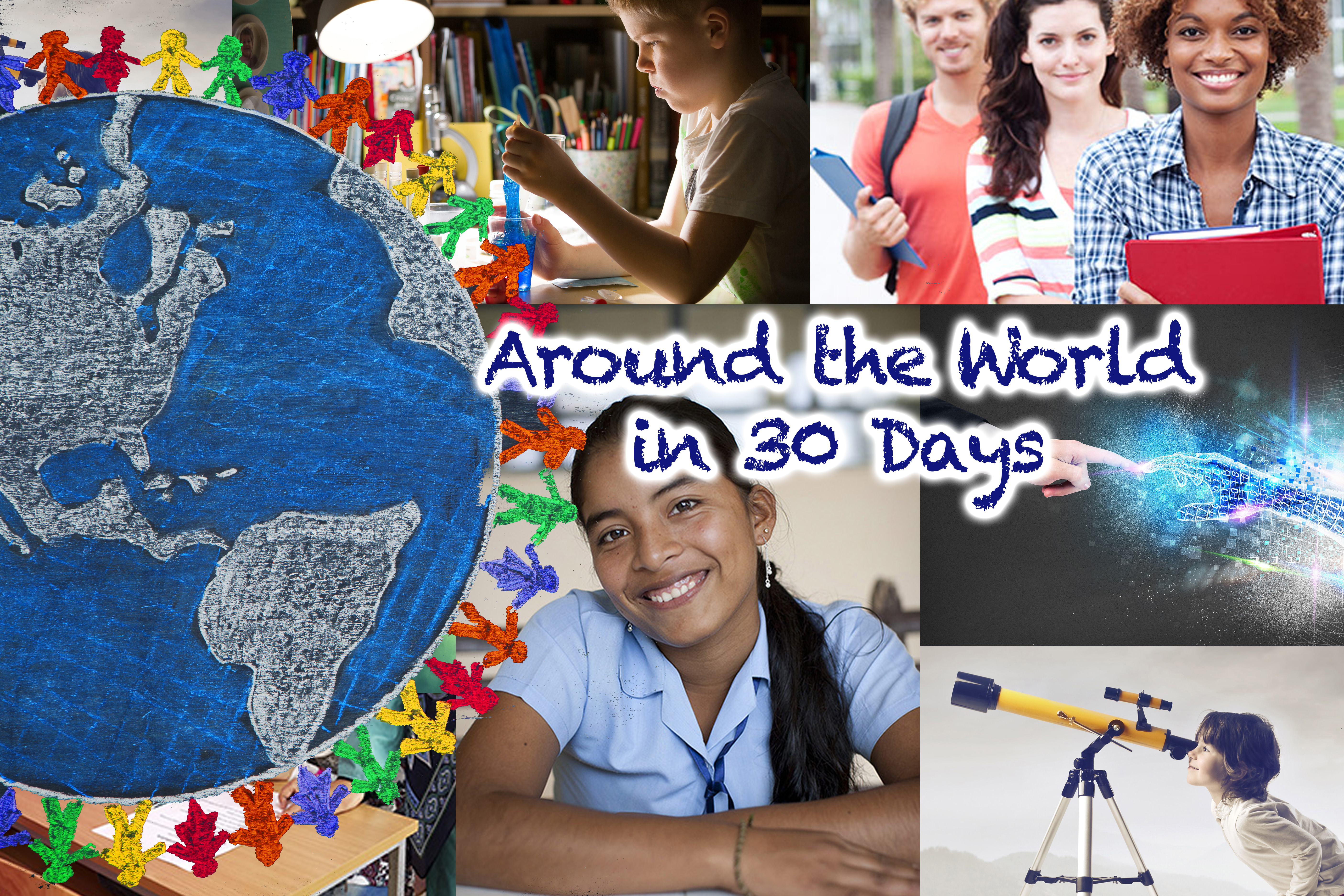

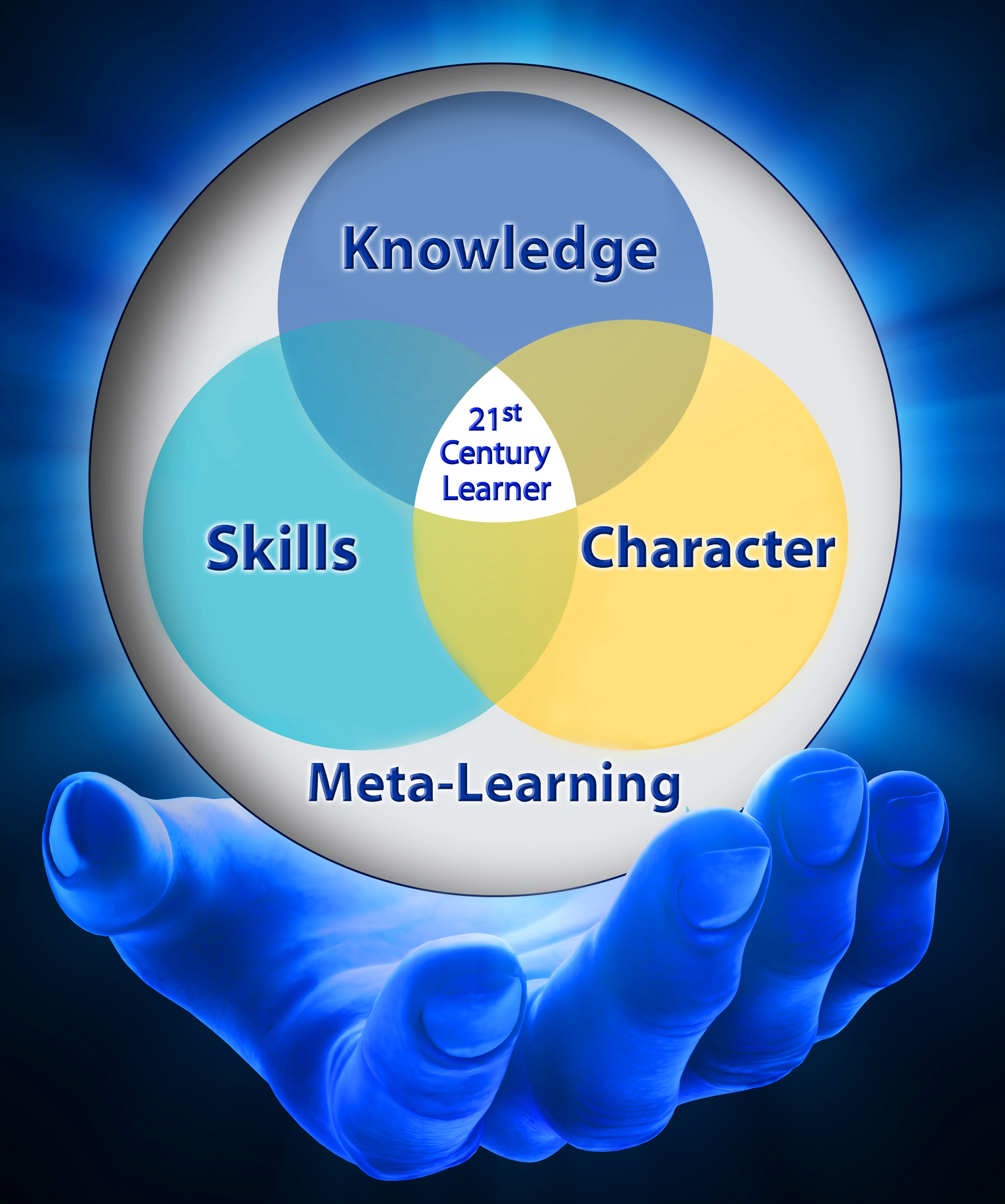
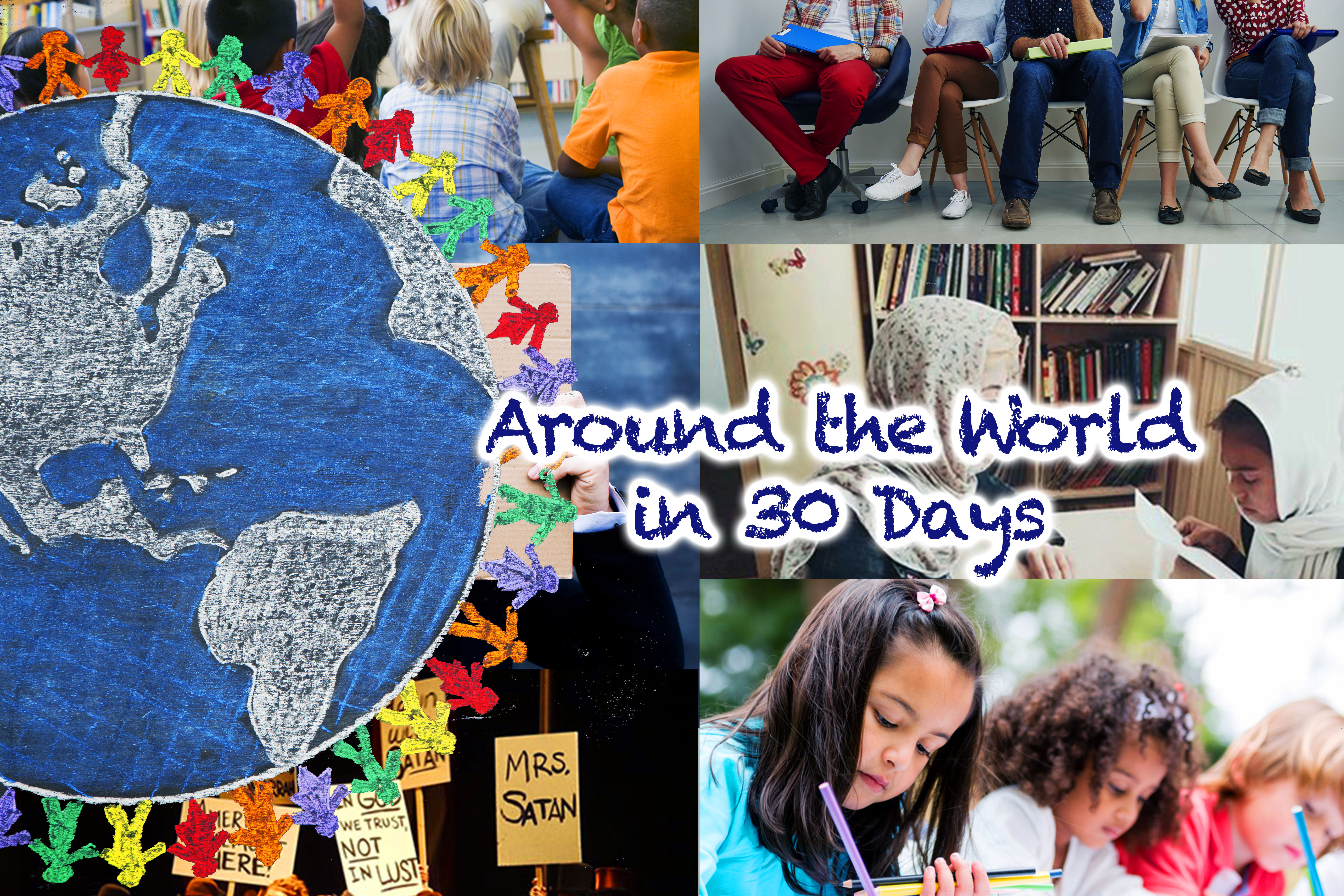
Recent Comments